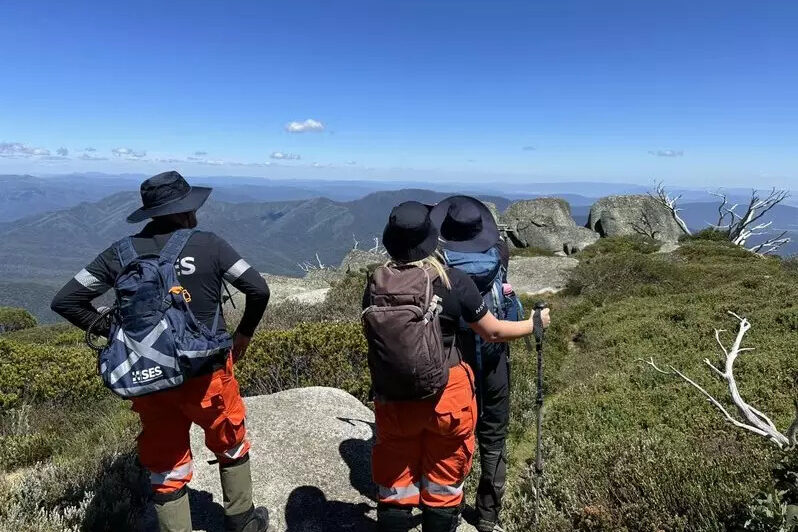Polls can be useful or, at times, totally misleading. Or even plain rubbish, like the one on the tram to Woden, says “Canberra Matters” columnist PAUL COSTIGAN.
THE Australia Institute conducted a very curious poll recently, reporting the outcomes in the local press on Sunday (September 19). The topic was the tram going south to Woden.

The poll results are not on the Australia Institute website. It is not clear why the poll was taken, who asked for it and who paid for it. A query to the Australia Institute was not answered.
These comments are based on what was reported.
According to the media report, 1057 people were polled – which we have to presume was whoever answered the phone on August 3 and whoever agreed to be polled. There is bias already.
The poll asked for personal details, political affiliation and then asked whether the person on the phone supported the project – with options being: strongly support, support, oppose, strongly oppose and unsure/don’t know.
From the answers came the headline: “Most Canberrans support light rail to Woden”.
Wow! I used to regard stuff from the Australia Institute as being credible. Maybe not so anymore.
Given the restricted nature of the poll, being the small numbers who answered and did the poll, and then the totally inadequate question – this poll cannot be taken seriously.
Shame on the person who wrote that headline.
If each of those people on the phone was asked: “Do you support the tram if it means that when you go to hospital you may end up in bed in the corridor, you may have to wait hours to be seen and the nurses treating you will be run off their feet?”
Or: “Do you support the tram given that it will be used as the catalyst to transform the suburbs along the route to Woden with high rise, just like Northbourne Avenue and much of the green spaces will be sold off for tower development?”
Or: “Do you support the tram given that public housing suffered because of the costs of the first stage of the tram and there is little hope in the near future that enough money will be allocated to catch up with any adequate supply of housing – let alone have the resources to maintain and manage the present stock properly?”
There are quite a few caveats that should have been included to explain the possible flow-on effects of the high costs of paying for the tram going south.
Many more residents would support the tram to Woden if the economics of the project made sense as well as there being no threat to the urban fabric along the route.
There would be support if the tram led to improved community facilities, more cultural opportunities and a greater range of green spaces and improved biodiversity.
Sadly, all that will not happen. Instead, plans are well underway to change those parts of the suburbs anywhere near the tram route.
More nuanced and less tricky questions should be the most basic sort of polling that organisations such as the Australia Institute should be involved with. Apparently not so!
That report on September 19 and the poll it represented were a load of rubbish pretending to be something serious. Very misleading and dangerous stuff.
How long before we see it quoted?
Who can be trusted?
In a world of spin and confusion, there’s never been a more important time to support independent journalism in Canberra.
If you trust our work online and want to enforce the power of independent voices, I invite you to make a small contribution.
Every dollar of support is invested back into our journalism to help keep citynews.com.au strong and free.
Thank you,
Ian Meikle, editor




Leave a Reply